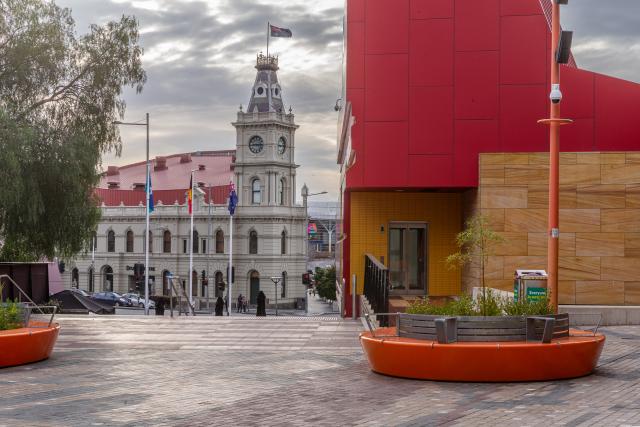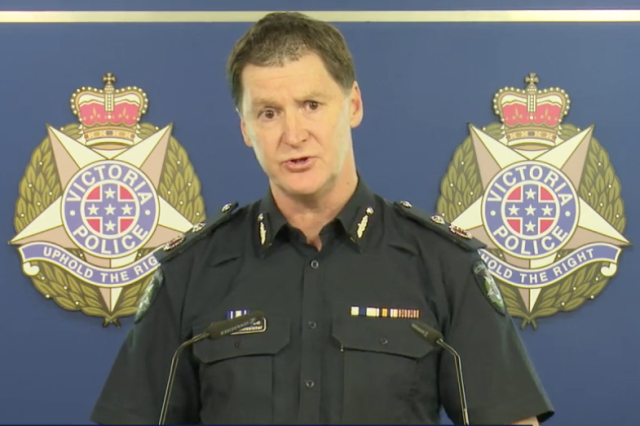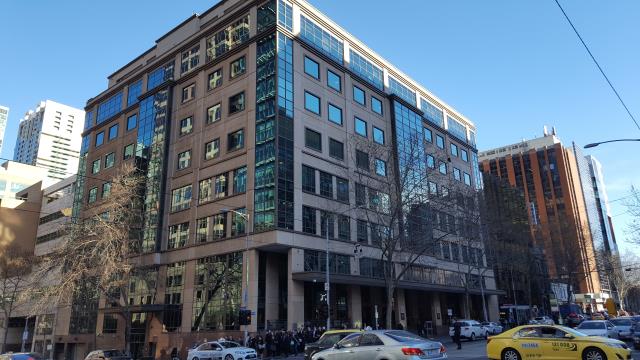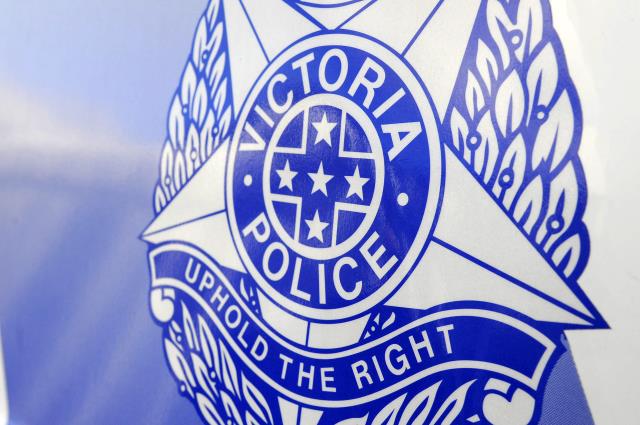By CASEY NEILL
Frederick Wachter Reserve is no longer home to a pristine lake – it’s a functional wetland attracting native animals and birds.
Resident David Hearse contacted the Journal about the Keysborough reserve, labelling it a “shemozzle”.
“We’ve lived here for over 40 years now,” he said.
“They built a nice lake there with a water feature. I haven’t been there since the kids grew up.
“When I retired, I started walking again. The whole feature is just full of reeds. It’s disgraceful.”
But a Greater Dandenong Council spokesperson explained that the lake Mr Hearse referred to was built in 1983 and done away with in 2005.
It needed drinking water added to maintain it, so the council looked for a more sustainable water feature.
The bluestone pond edge became a softer edge with wetland plantings, and stormwater was fed into the ponds.
The spokesperson explained that the native reeds and grasses might look messy but formed a critical part of a wetland ecosystem.
The council’s parks unit completes weed control, pruning, litter collection, indigenous plantings and water quality monitoring to maintain and increase habitat.
The wetlands now act as a natural filter for pollution, provide habitat for animals, and support indigenous plants.
Wachter Reserve has four of Melbourne’s 13 frog species – the tiny common froglet, brown tree frog, eastern banjo frog and spotted marsh frog.
Froglet calls can be heard year-round – the ‘crick-crick-crickt’ is often mistaken for a cricket.
The banjo frog’s ‘bok-bok’ mating call can be heard from October to December. Visitors can subsequently spot the white foam nests in which they lay their eggs.
Bird species that visit the park include egrets, herons, spoonbills, crakes and rails.







